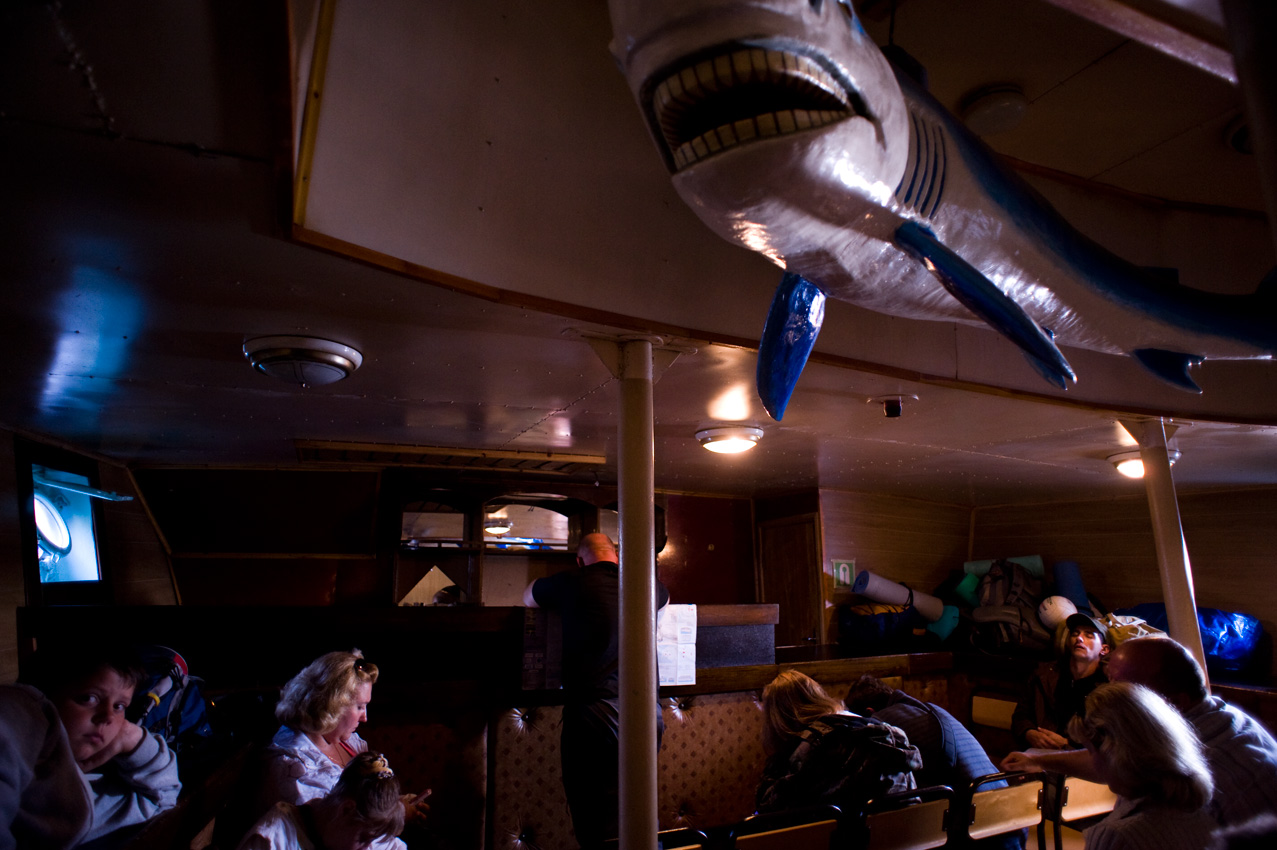
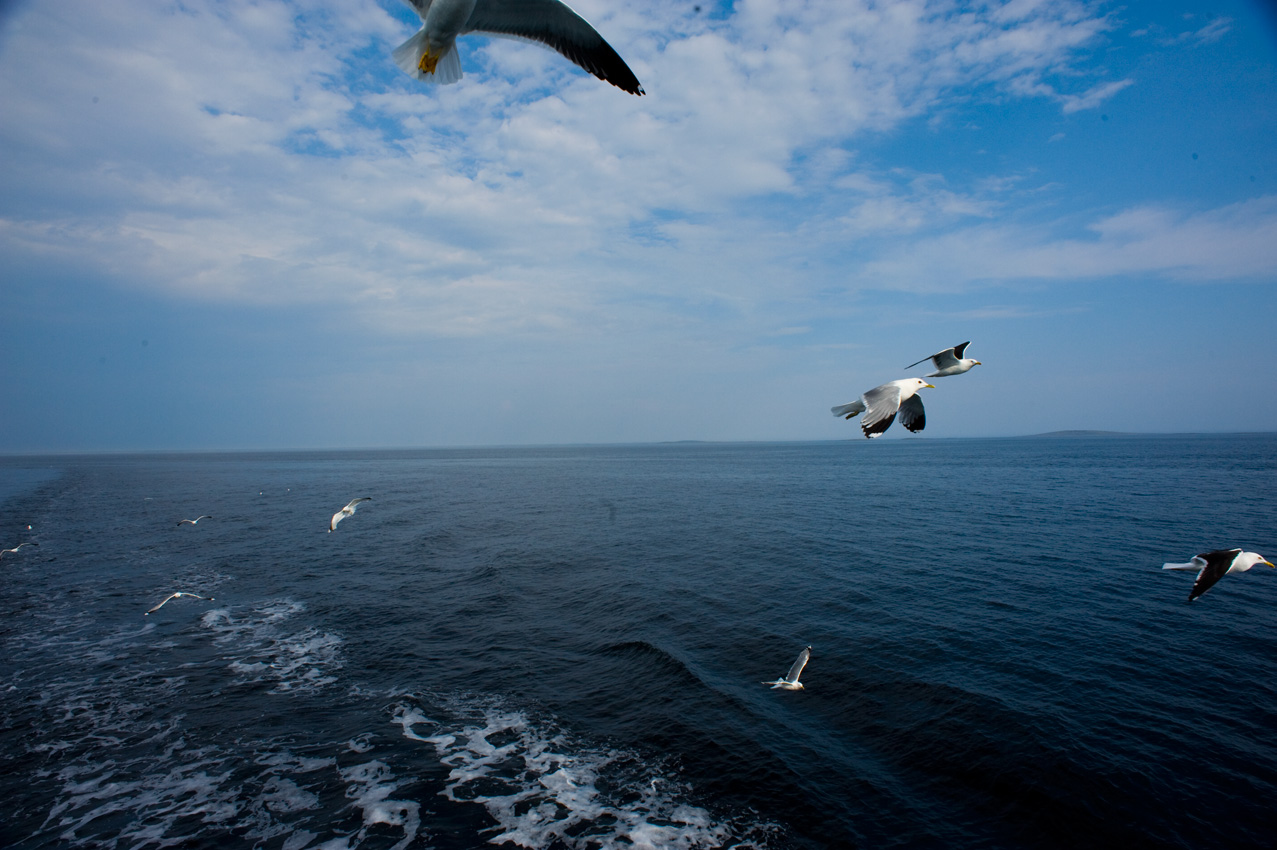
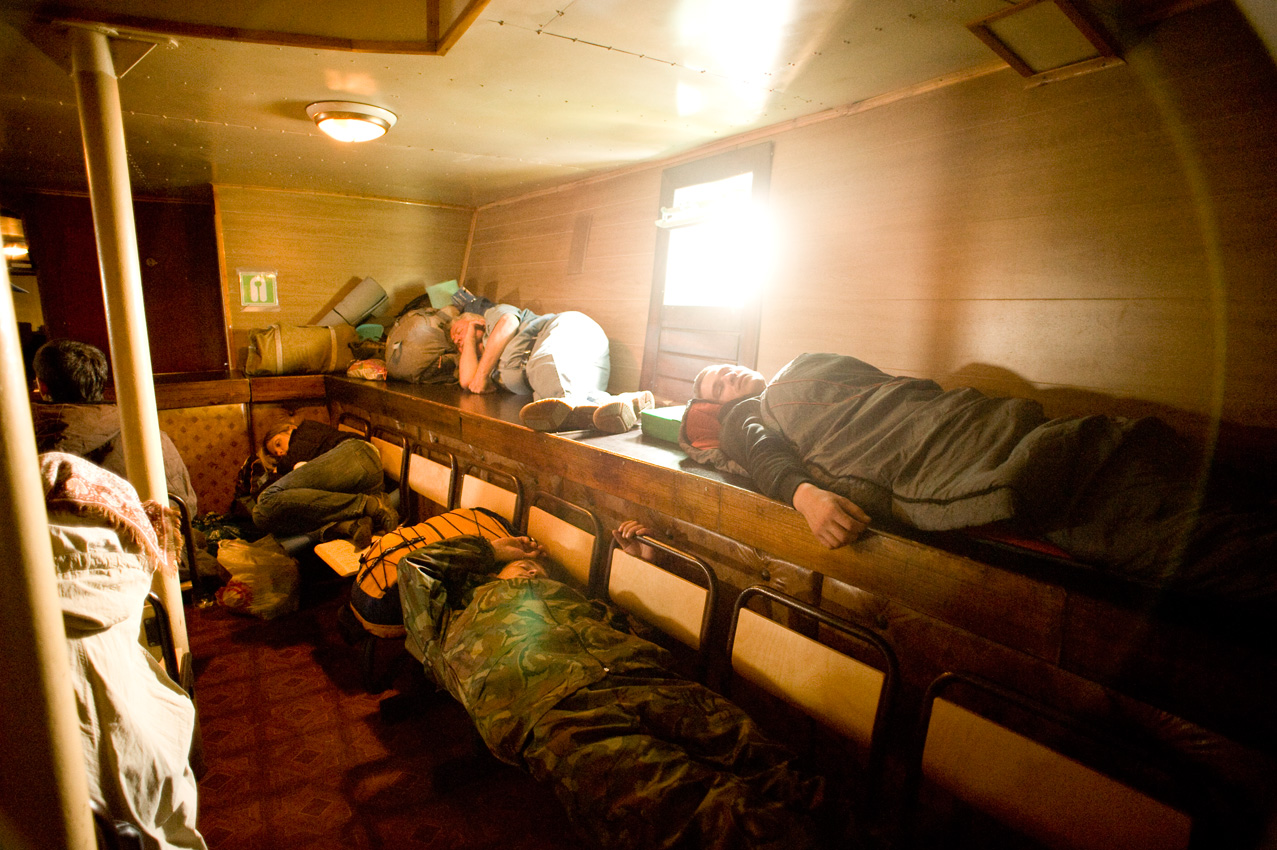
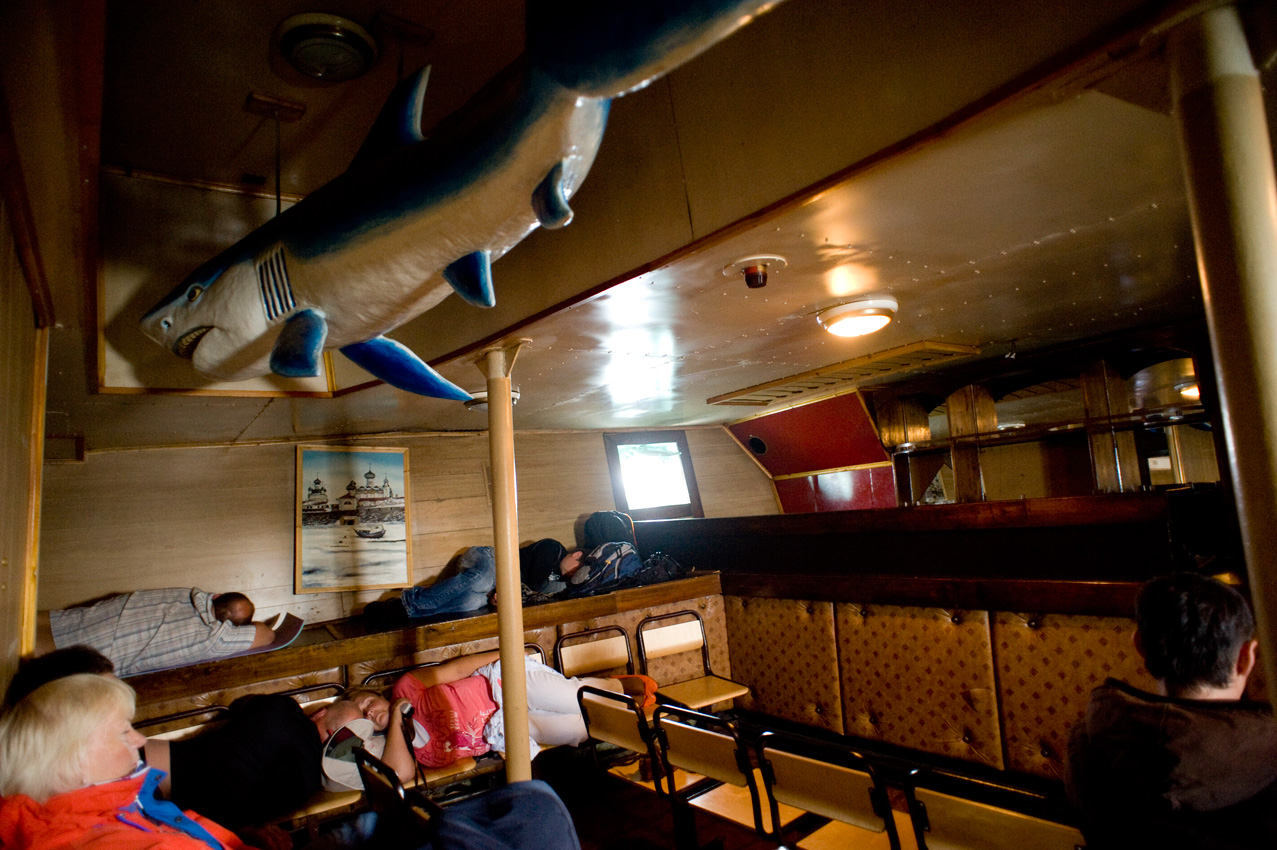
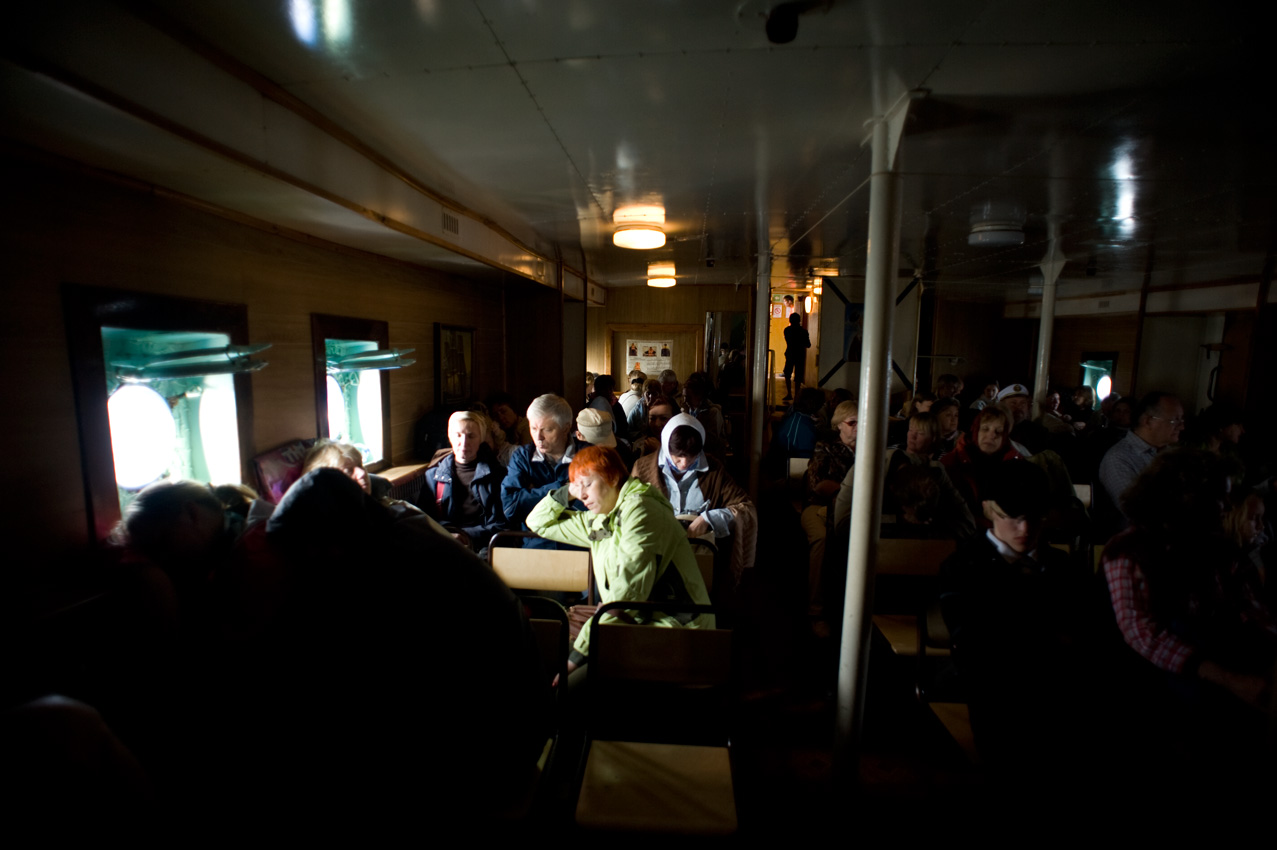
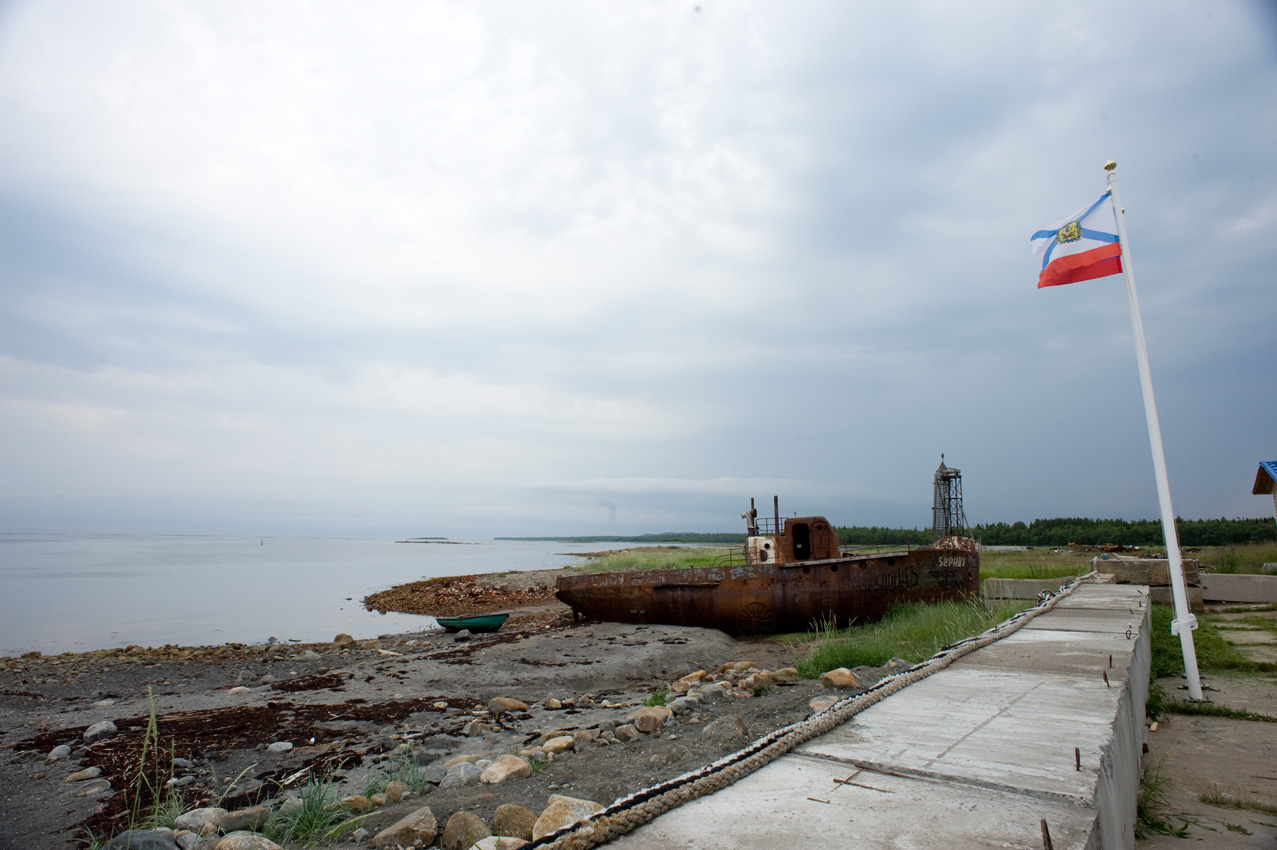
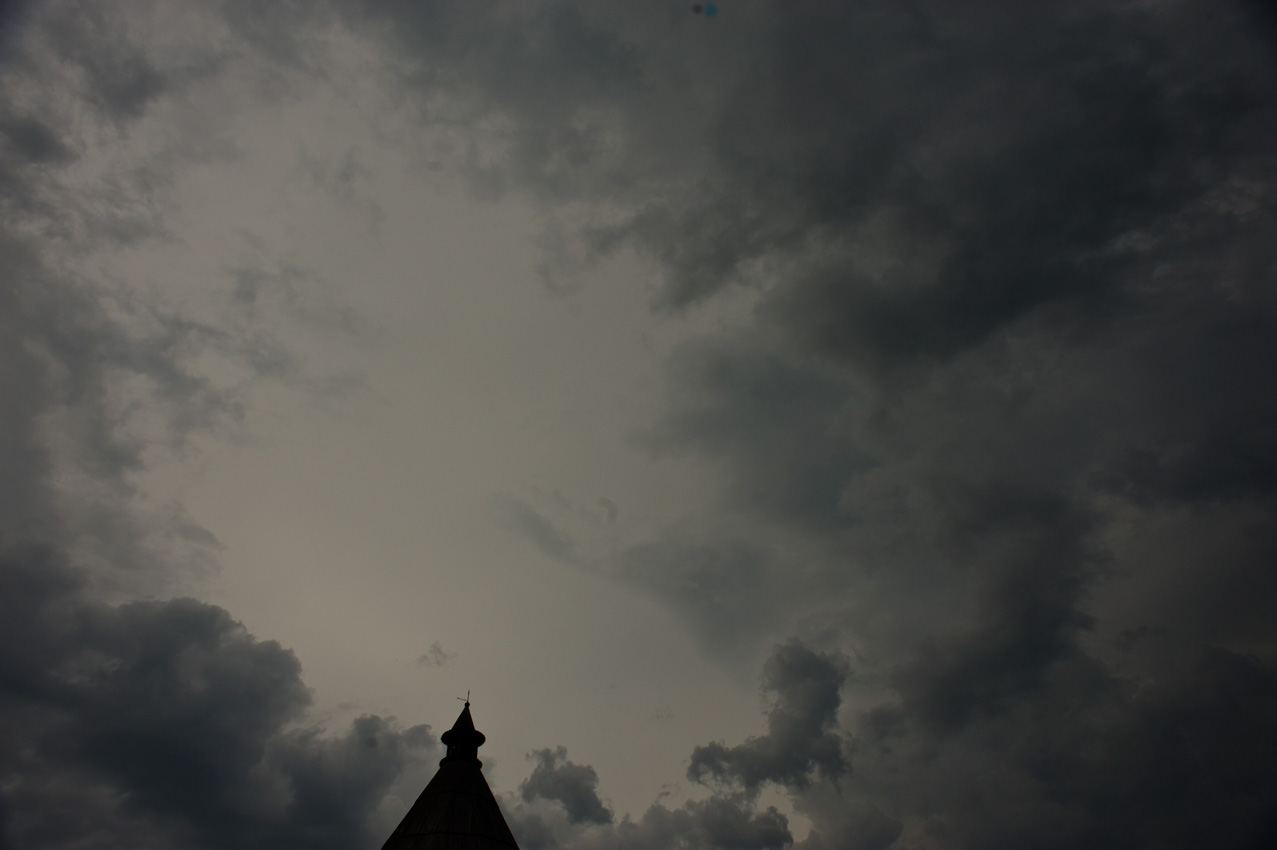
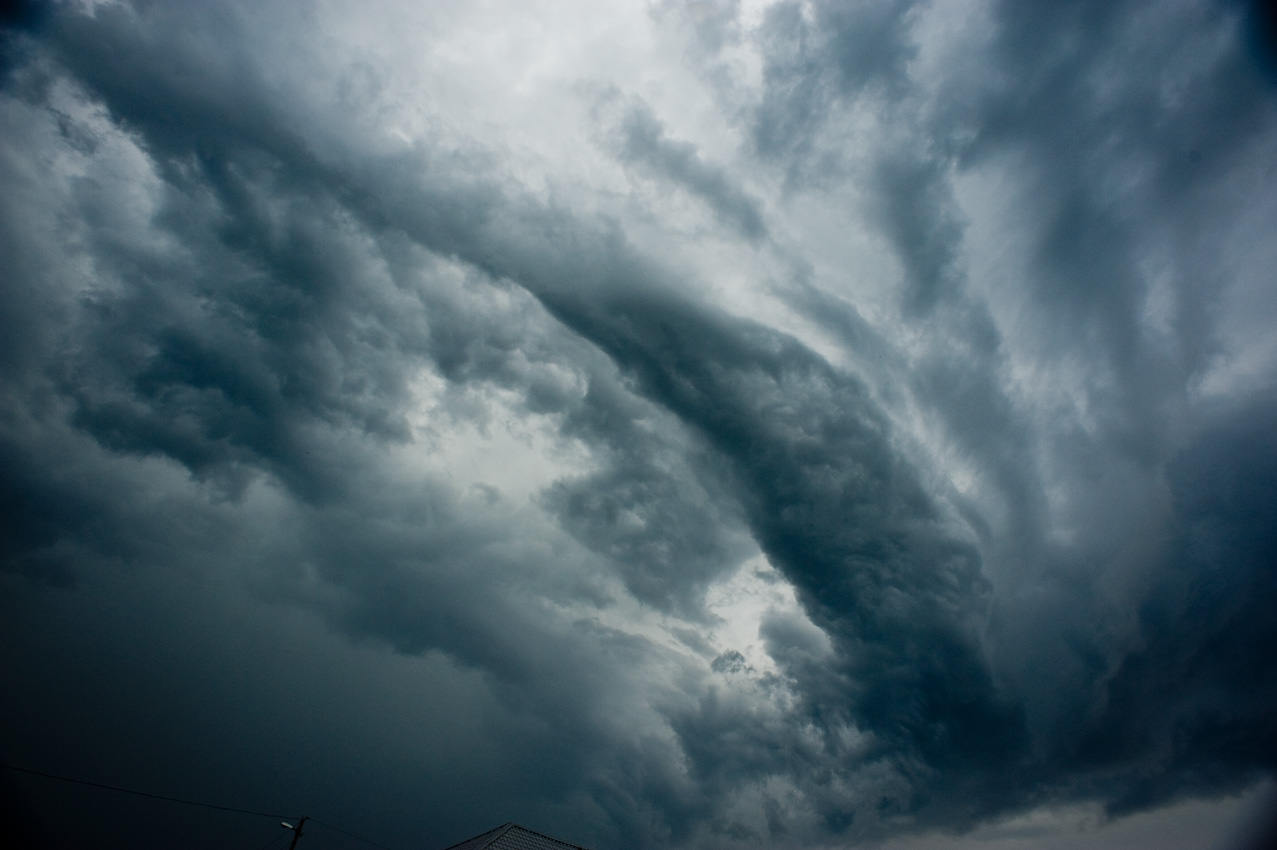
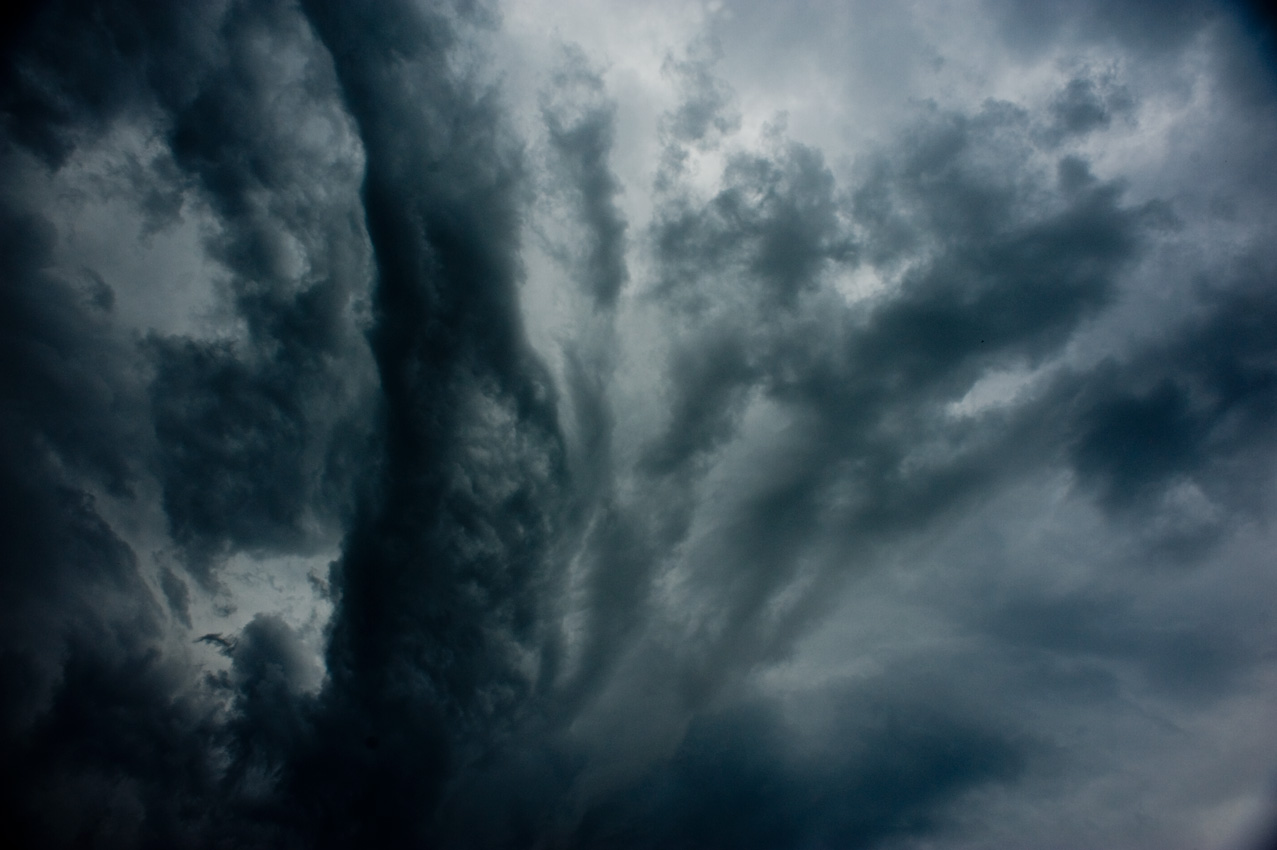
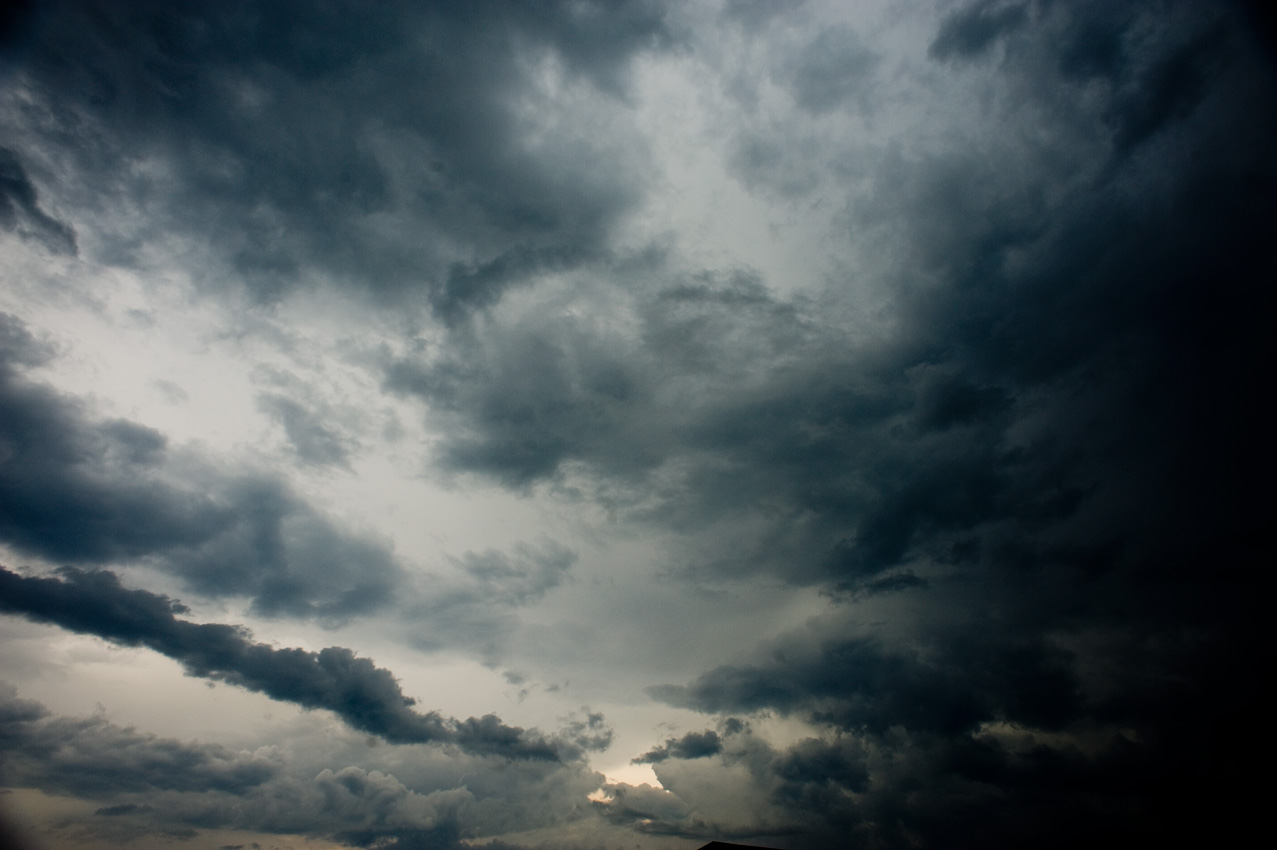
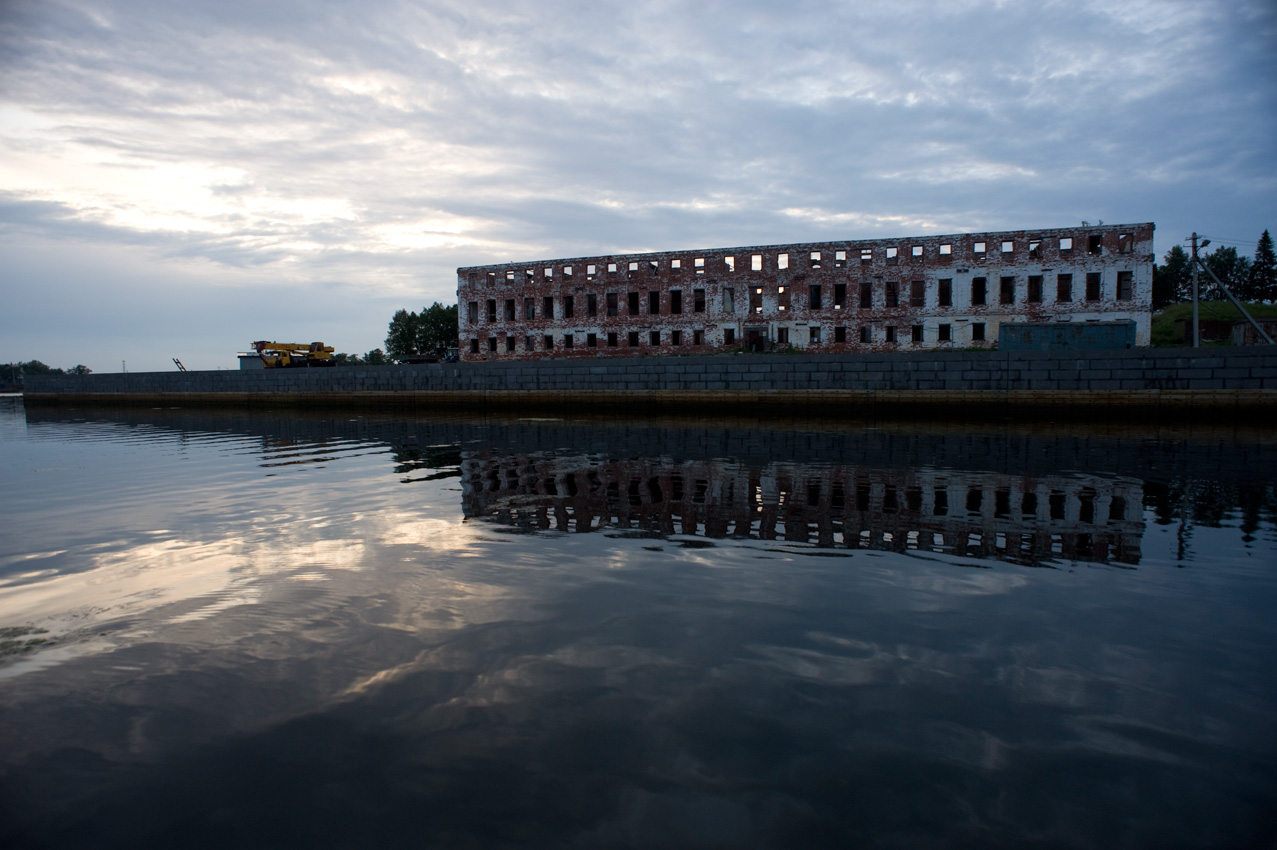
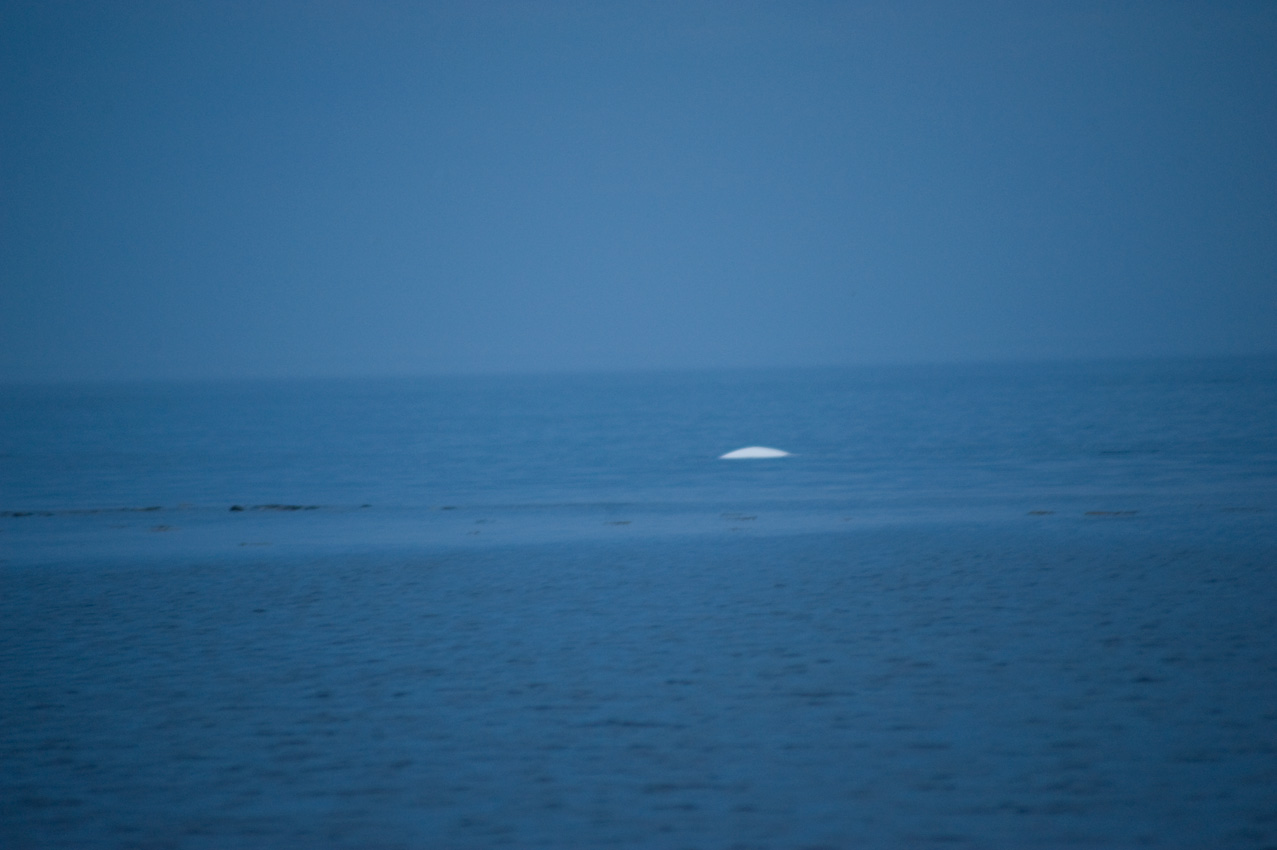
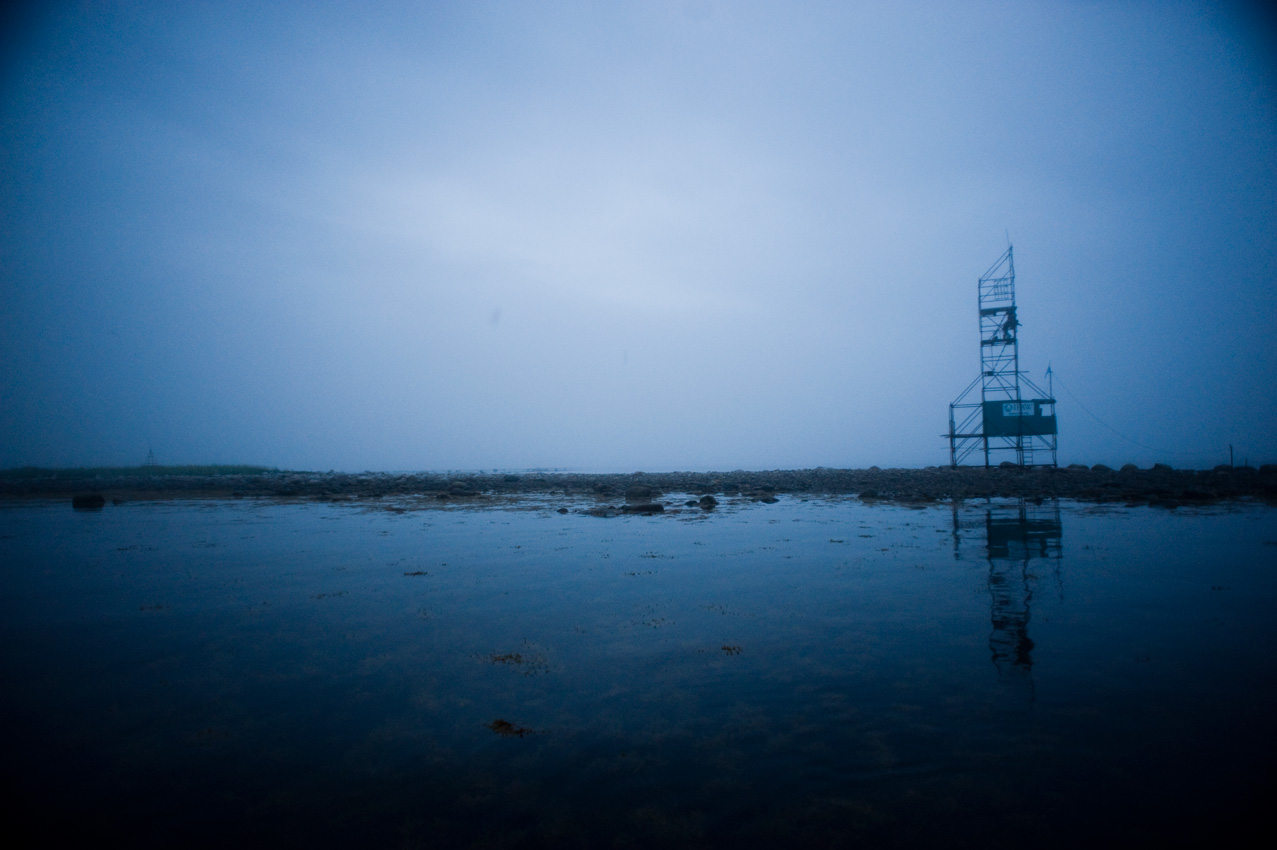
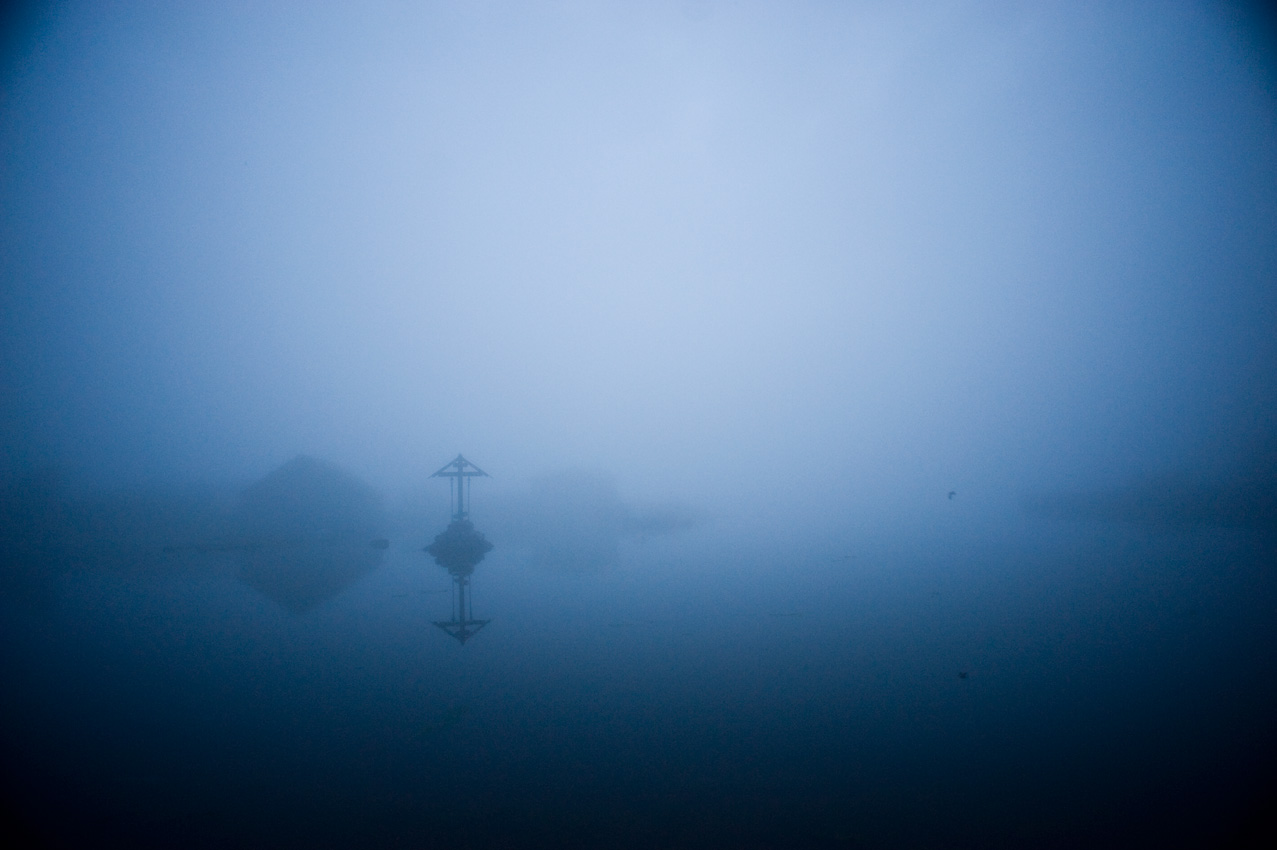
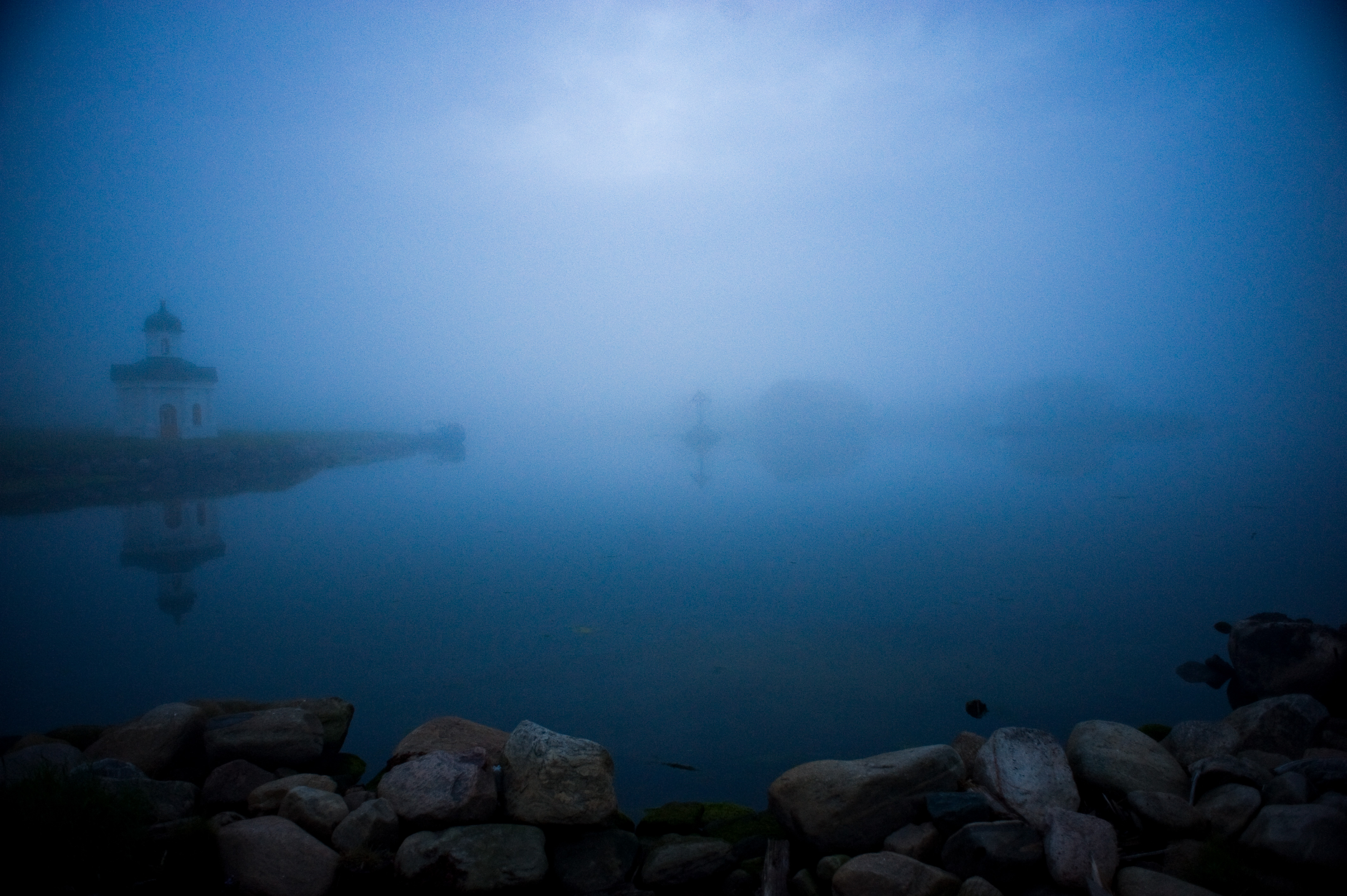
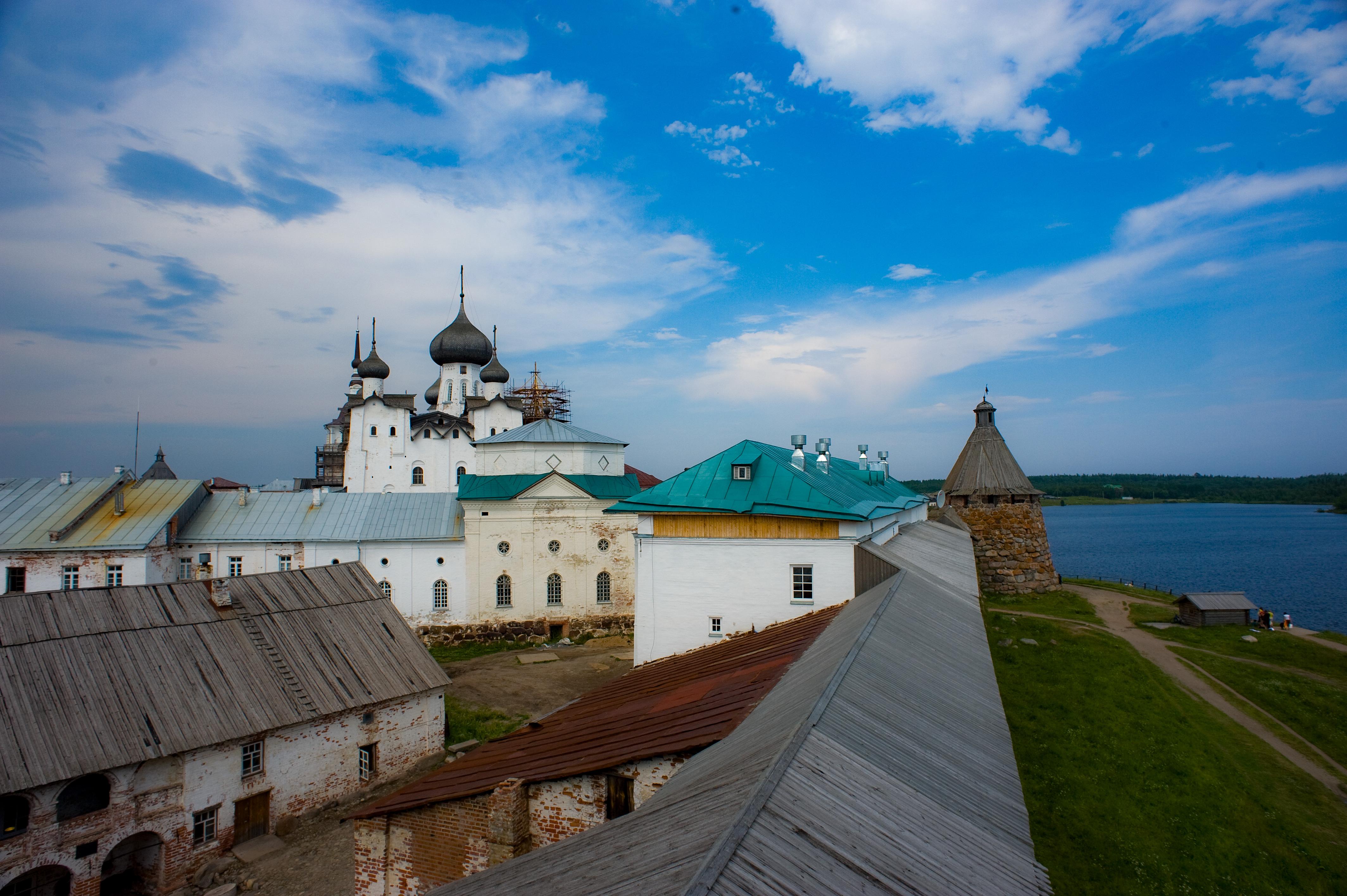
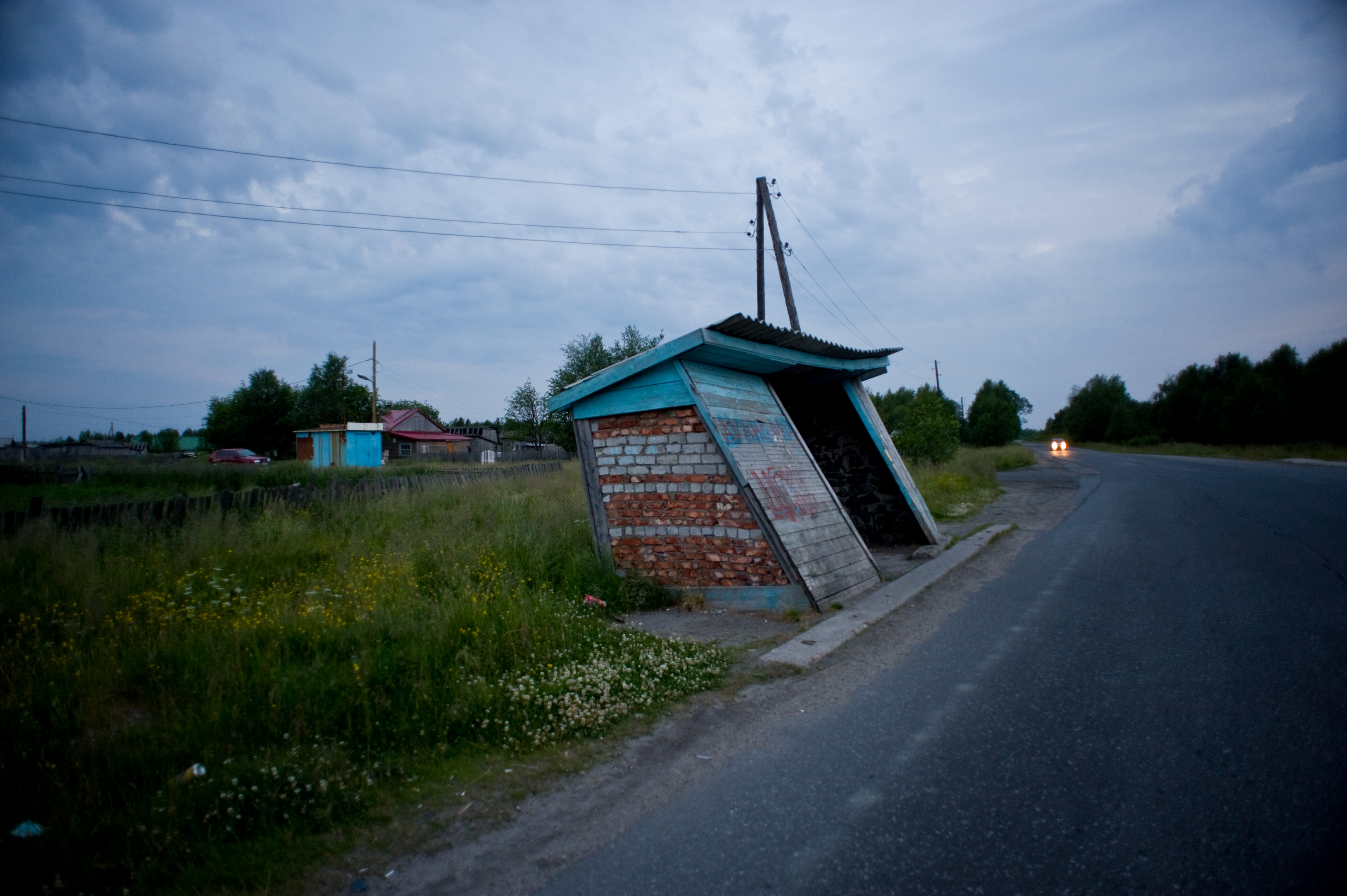
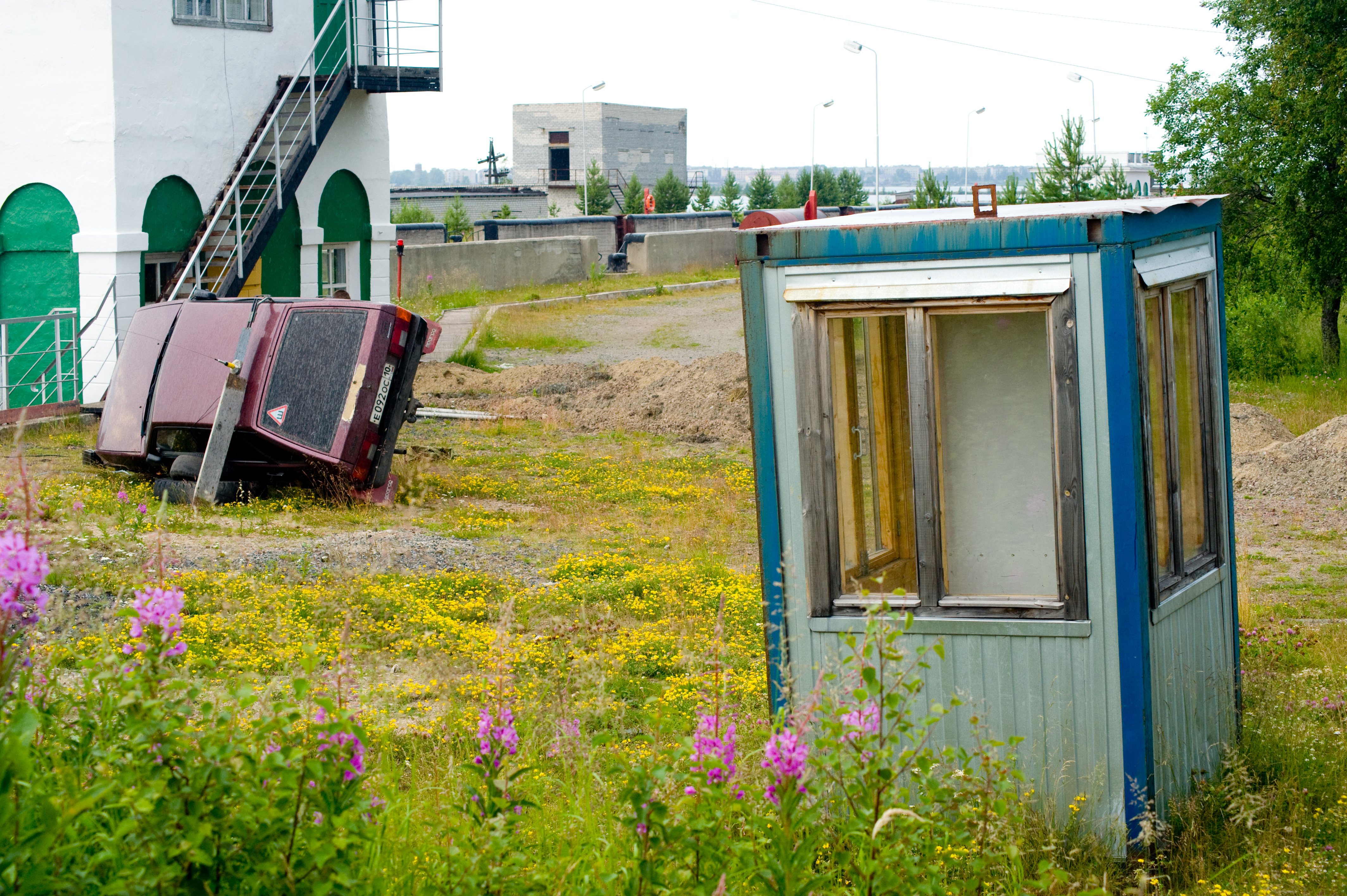
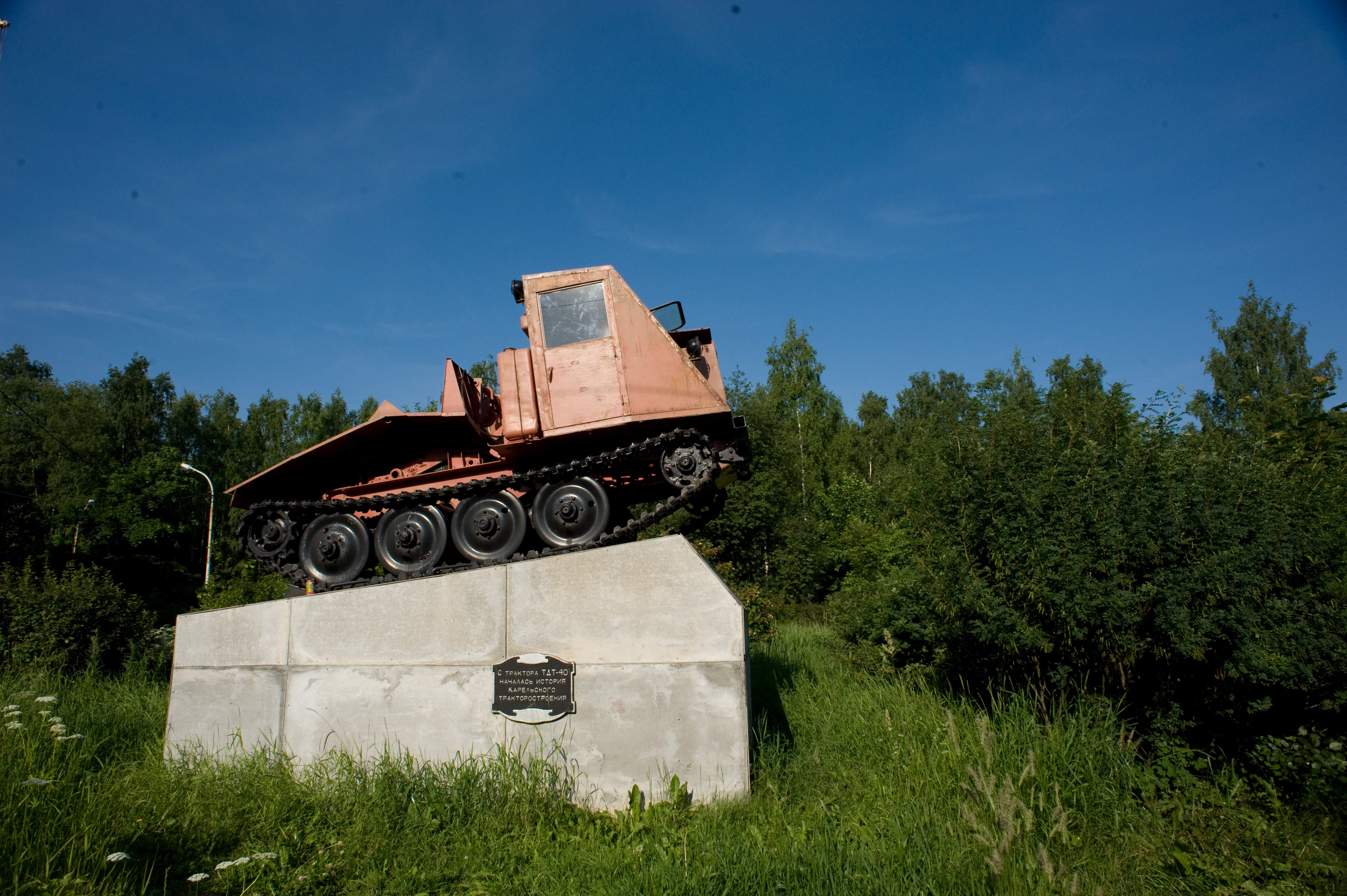
×
![]()
GULAG ARCHIPIELAGO
In 2010, I had a show in Moscow. I was also doing research on a project which still awaits to be done about the grave of Leon Trotsky, who was murdered and buried in Mexico in a house a short distance from Frida Kahlo's Casa Azul. Trotsky was exiled by the age of 19 to a Gulag in Siberia, from which he escaped, leaving his wife behind. Through his life, he was exiled for decades after the October Revolution. I wanted to know what the gulags had been like, and the relatively closest one was The Solovetsky Archipielago, better known as in the novel The Gulag The Solovetsky Islands (Russian: ??????????? ????????), or Solovki (????????), are an archipelago located in the Onega Bay of the White Sea.
So I embarked on a trip that lasted many days in trains, boats, and cars to a place few people visited in those days, unless they have a family member who was a victim of the Stalinist policies. My travel companions were a Dutch translator and a priest who had retired and spent his time visiting ascetic places in White Sea and Siberia by train.
Historically the islands have been the setting of the famous Russian Orthodox Solovetsky Monastery founded in the second quarter of the 15th century.The existing stronghold, made of im ease boulders and its major churches were erected in stone during the early reign of Ivan the Terrible by request of St. Philip of Moscow, who who dared openly to contradict him. It is widely believed that the tsar had him murdered on that account. During his time, two cathedrals, a brick-yard, many water-mills and storehouses, and a network of canals connecting 72 lakes were built, enabling the monastery to endure long siege periods by providing running water and fish during a winter that usually freezes the ocean at -50C. It is said that Philip took part in all these toils together with other monks. As a result, the monastery experienced a spiritual revival. Most of Philip's projects in Solovki survive to this day.
Throughout the imperial period of Russian history, the monastery was renowned as a strong fortress which repelled foreign attacks during the Livonian War (16th century), Time of Troubles (17th century), the Crimean War (19th century), and the Russian Civil War (20th century).
The Gulag was a system of forced labor camps in the Soviet Union. The word Gulag originally referred only to the division of the Soviet secret police that was in charge of running the forced labor camps from the 1930s to the early 1950s during Joseph Stalin's rule.The camps housed both ordinary criminals and political prisoners, a large number of whom were convicted by simplified procedures.The Solovki prison camp, in this the first correctional labour camp which was constructed after the revolution, was opened in 1918 and legalized by a decree, "On the creation of the forced-labor camps", on April 15, 1919. ( other accounts say 1921) Official data suggest that there were over 2.6 million sentences to imprisonment on cases investigated by the secret police throughout 1921–53.
The monastery was rehabilitated after the fall of the Soviet Union. Today, Solovetsky Monastery is a World Heritage Site, museum, a home to a handful of monks, and Belugas still visit the furthest island to the north.
Political events froze my project like the White Sea congeals in winter. perhaps one day...